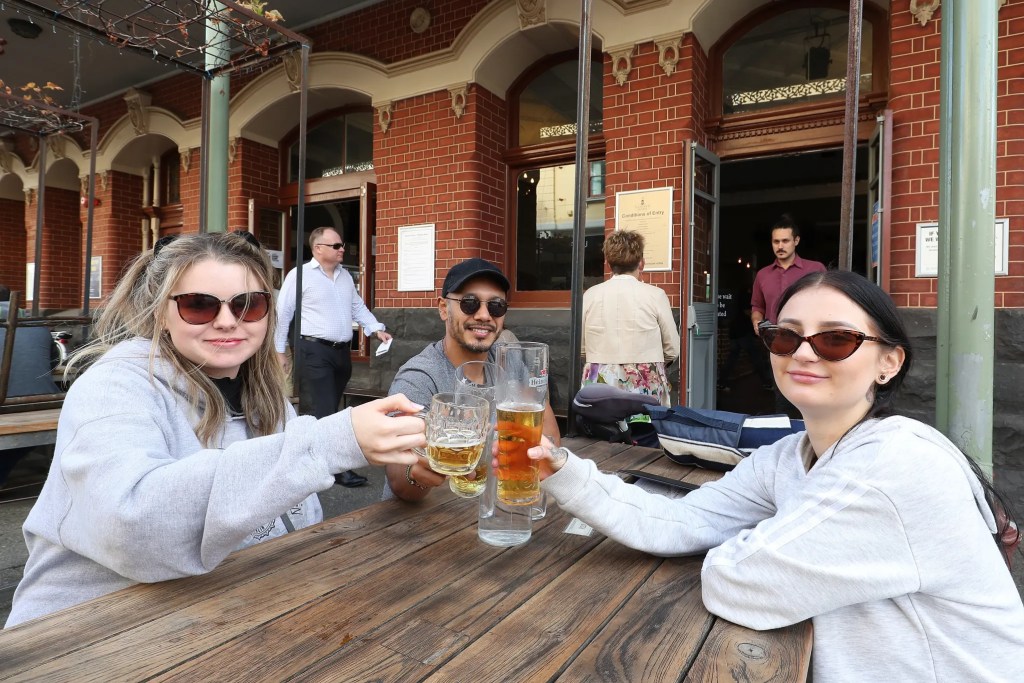Since the first coronavirus case was discovered in Australia on 25 January 2020, my family has been methodically avoiding catching it. We are very careful, wearing face masks wherever needed, washing our hands with soap every time after going out. Just to be sure, we also wash our water bottles, wipe our phones and gadgets with alcohol swabs if we ever bring them out of the house.
The hard work paid off. For two years, we had dodged the virus and managed to keep our two small kids, who are now only 8 and 2, safe.
The credit is not ours alone. The strict virus control measures in Australia, especially in Melbourne which was under lockdown for 262 days in the last two years, had helped a great deal too. Those measures were an extra layer of protection that provided us with a sense of security.
Despite some difficulties living with the restrictions, Australia was a rare Covid-success country in the west. As of 17 December 2021, the country had a total of 242,767 cases and 2,134 deaths. The numbers were miniscule compared to those of Europe and Americas.
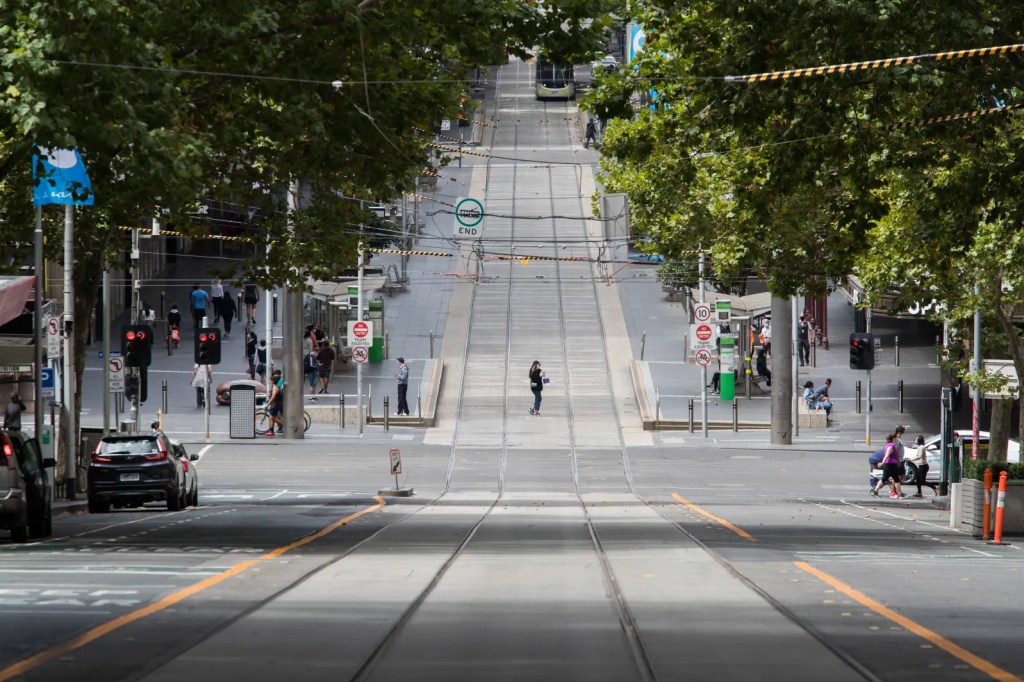
During the last Christmas holiday, we went on several road trips and spent a few nights at hotels without too much worry.
But the Christmas holiday was also when Australia’s coronavirus landscape started to shift, as the country (with the exception of Western Australia) abolished most of the virus control policies and chased the dream of “living with Covid”. One ostensible reason was that the current Omicron variant would cause less harm.
Then all hell broke loose.
By 3 January 2022 – the day that marked the end of the Christmas holiday – total cases skyrocketed to 499,958, double the number from merely 16 days ago. During these 16 days of mayhem, active cases jumped by nearly 10 fold and 132 people died from the infection.
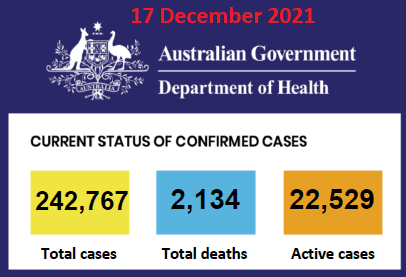
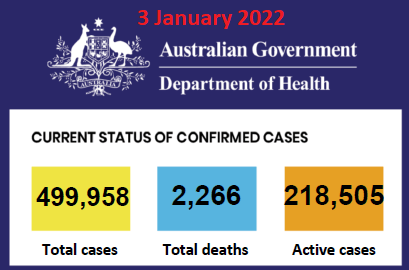
The situation continued to deteriorate from there. By the second anniversary – 25 January 2022, total cases had exploded to 1,706,154 and the death toll had shot up to 3,225.
In only three weeks (from 3 to 25 January 2022), 959 Australians died from the virus, accounting for 30% of total deaths for the past two years.
Are we still pretending it causes “less harm”?
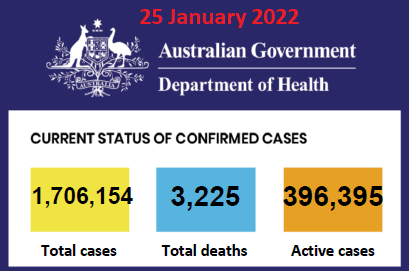
Together with the one million Australians, my family fell victim to the virus during those three weeks. My two-year-old son caught the virus at the childcare centre on 21 January and we were told to isolate at home for one week. It soon spread to the family. Six days later, my elder son and I also tested positive, and our isolation period extended by another week.
Fortunately, our two kids recovered quickly. My wife seems to be immune to the virus with no symptoms and two negative test results – one at the beginning and the other at the end of the isolation. But I was hit the hardest. (I was fully vaccinated in late October 2021, just three months before I was infected.)
My symptoms – no doubt “mild” in the eyes of the government and whoever that devised the current policy – are nothing short of nasty. In the first three days, my throat became swollen and very sore. It wasn’t the ordinary sore, but a searing pain as if my throat was scalded. I lost my voice and it hurt when I talked. Then the next three days, my breathing became uneven. I had to breathe harder and deeper to get enough oxygen into my body. The shortness of breath was particularly annoying, because I felt tired easily and I was irritable, likely because my body was deprived of the very first thing to feel alive. Throughout the six days, I coughed, sometimes uncontrollably, and almost each bout was accompanied by phlegm. Twice, I woke up coughing in the middle of the night.
Still, I consider myself lucky. I didn’t end up in a hospital with an oxygen tank or worse, joining the 959 people in the morgue. But I am sure as hell that I don’t want to go through the same experience again. I can count the only two occasions that I felt this sick in my life. The first time was when I was in primary school, I had a bad headache that made me vomit. The second time was in 2007, when I got food poisoning in Thailand.
It was not a surprise that the virus eventually caught up with us after two years. I had a premonition it would happen, given that there wasn’t any effective containment measures in place. Adults can “take personal responsibility” and avoid danger as much as possible, but kids don’t know any better.
The very night that the childcare center informed us that our younger kid was a close contact to a positive case at their facility, we noticed that he started showing symptoms. We brought him for a test the next day and confirmed he was positive.
We had quite a different experience in October 2021. Immediately after the center discovered a positive case, it was shut down and went through deep cleaning. All kids and family members were told to get tested right away and isolate for 14 days. The center was closed and kids were not allowed to go back until two weeks later. It was hard, but none of us was infected.
This time, there was nothing of the sort. Under the new policy, the center was allowed to open every day and operate as usual. Three of us were infected and we isolated for 14 days anyway.
It is a certainty that millions more Australians will go through the same experience as ours as Australia marches down the path of “living with Covid”, especially now that pupils have returned to schools. The strategy is championed by New South Wales’s (NSW) premier Dominic Perrottet, who rose to the state’s top job overnight because of his predecessor’s sudden departure over a political scandal.
On 15 December 2021 – two months after Mr Perrottet became the premier – he chivalrously tore apart NSW’s virus control measures including the mandatory wearing of face masks in public places, QR check-ins, density limits and proof of vaccination checks, despite the warning from the state’s health officials that vaccines would be less effective against Omicron. The decision could not come at a worse time. The Omicron variant, first detected in NSW on 28 November 2021, was then gathering steam in the state.
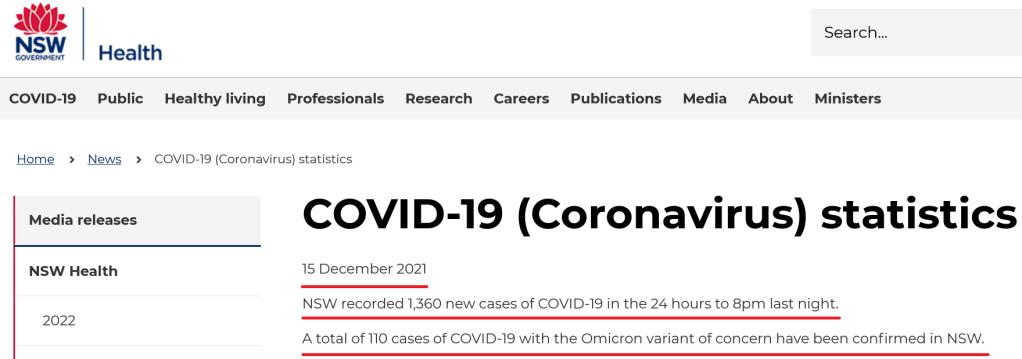
As the Christmas holiday came, the other states opened borders and more or less adopted the same approach, creating the perfect storm of Omicron in the country.
Lifting restrictions would help revive the economy, so Mr Perrottet claimed. Well, it did just the opposite of that. With the caseloads soaring across the country, Australian consumer confidence in January sunk to three-decade low, while spending plummeted to lockdown levels.
Last time I checked, our economy, which more than one million Australians sacrificed their health to help revive, couldn’t even afford to make Rapid Antigen Test kits available, let alone making it free for all of us.
One state refused to follow suit and ironically, it is living well in Covid times. During the same three weeks from 3 to 25 January 2022, Western Austalia (WA) had only 242 new cases, compared to 1.2 million cases for the rest of the country. There was no death in the state.

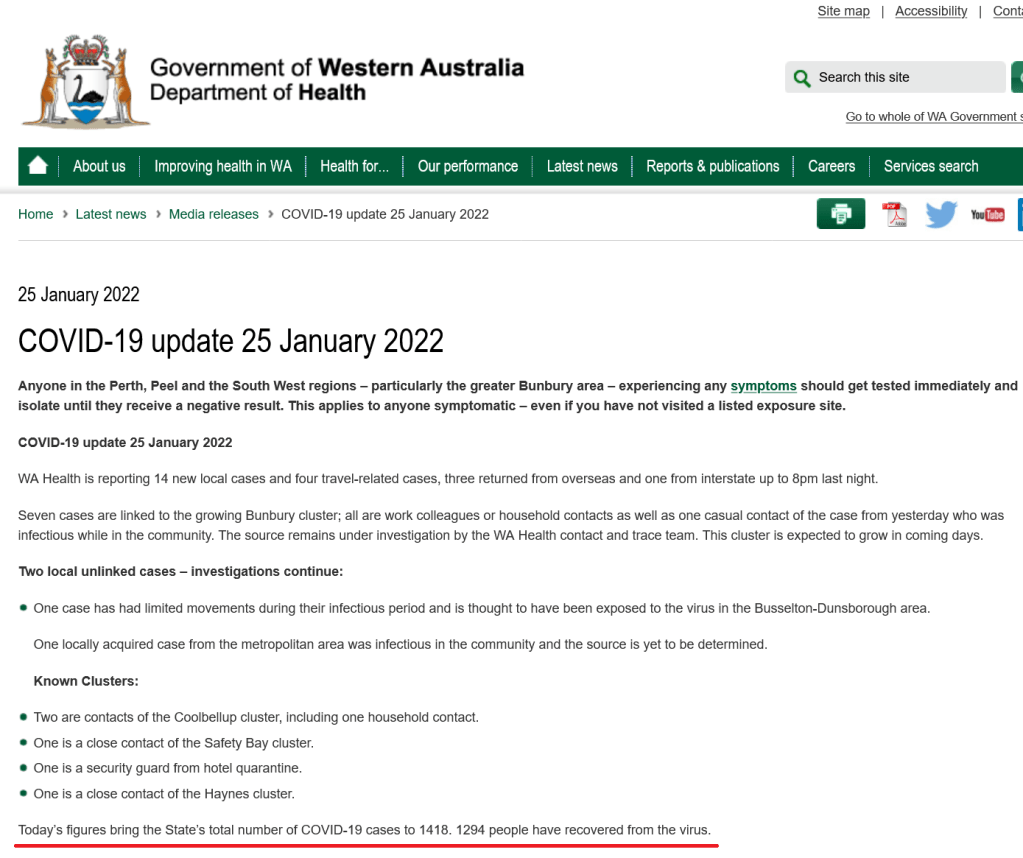
Today, WA remains shut to the rest of the country and the world. I used to look at the state sceptically, in a way that western media looks at China, thinking it can’t seriously lock itself out of the world indefinitely. But now the idea of a hermit kingdom looks increasingly appealing to me.
Sure, now I can go anywhere in Victoria without much restriction. Heck, I can even go to NSW or Queensland without restrictions. But I definitely don’t have the sense of security as Western Australians do. To echo Gareth Parker’s opinion about WA’s attitude: “Who wants to get sick?”
